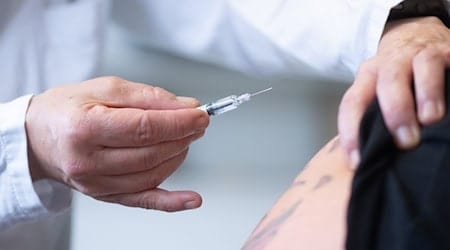Why does the dog have back pain? Why does the sternum of laying hens break so often? Veterinarians at Leipzig University want to find answers to questions like these in a new, state-of-the-art movement analysis laboratory for animals.
The so-called FluoKin facility is unique in Europe, said Professor of Veterinary Anatomy, Christoph Mülling. The facility will be officially put into operation on Friday. The purchase cost around 1.2 million euros, financed in equal parts by the German Research Foundation and the Free State of Saxony.
Horses, cows or dogs to be placed on the treadmill
The system consists of one treadmill each for small animals such as dogs or cats and for larger animals such as horses or cows. The patients will move around on the treadmill while two X-ray machines and high-speed cameras record videos at 500 frames per second. 3D simulations are then created on the computer.
"We have such a high temporal resolution that even the smallest joint tremors can be perceived," explained laboratory manager Franziska Wagner. The system makes it practically possible to virtually see inside the joints of animal patients.
Birds and even humans can also be examined
Because even birds can be examined in the laboratory, the research project on laying hens is also in preparation. So far, nobody knows why the sternum breaks so often in animals, said Wagner. One theory is that it happens when they flutter from their perch because they brake with the bone. If this is confirmed, the veterinarians could make recommendations on how high perches should be placed.
In the movement laboratory, humans could also be examined, Mülling said. Physicians, orthopaedic surgeons and sports scientists from the University of Leipzig have already expressed interest.
Copyright 2025, dpa (www.dpa.de). All rights reserved










